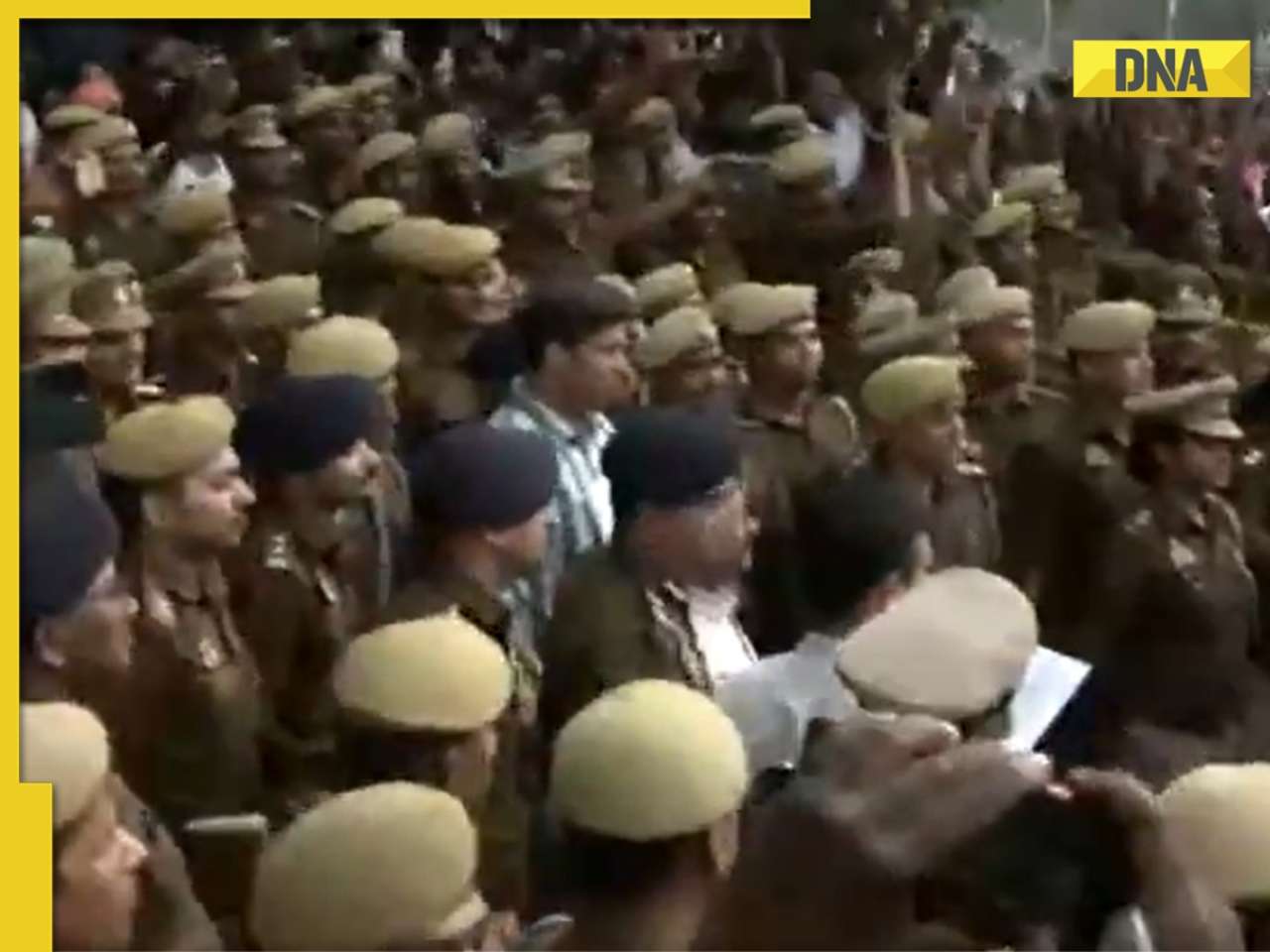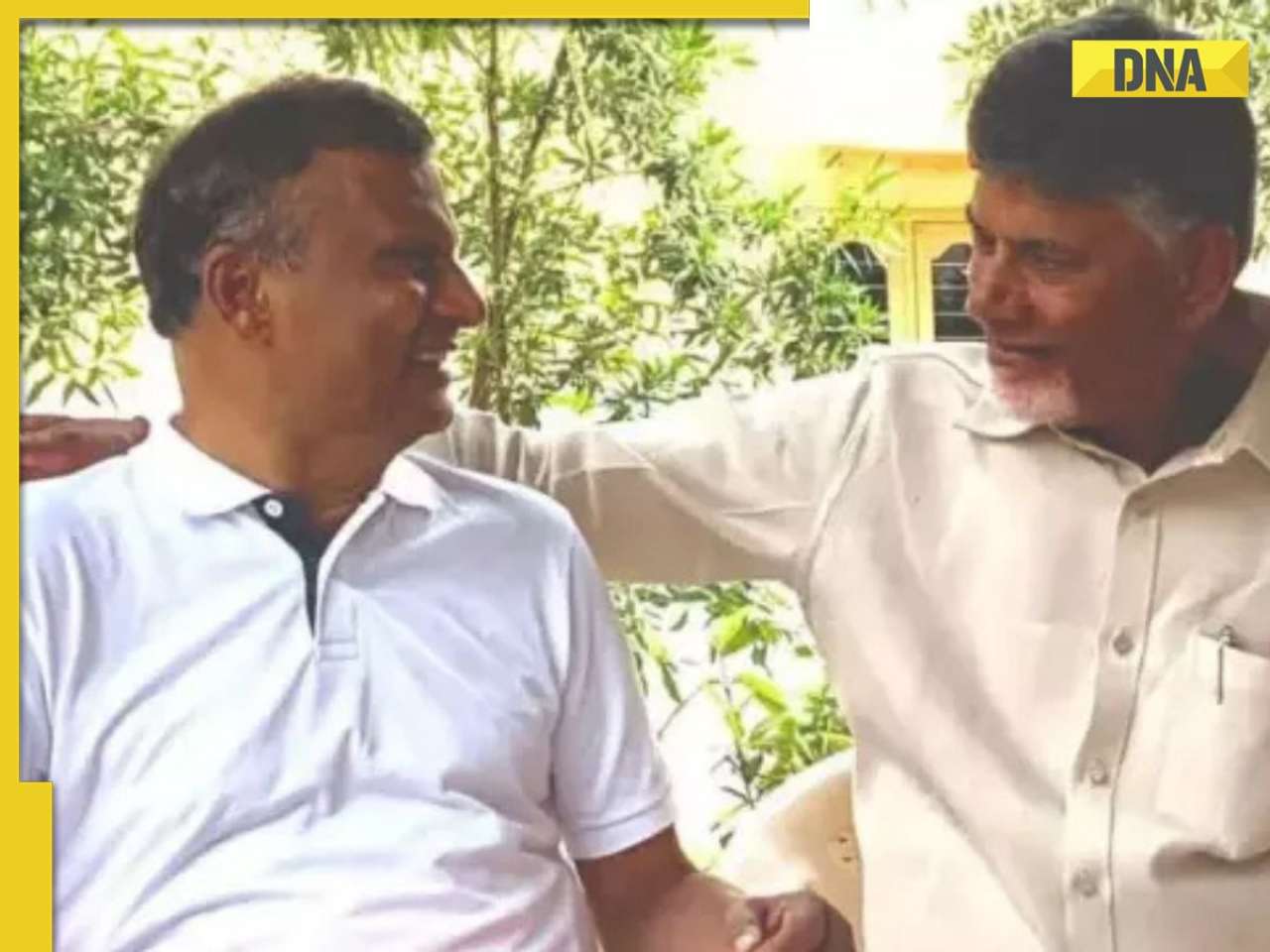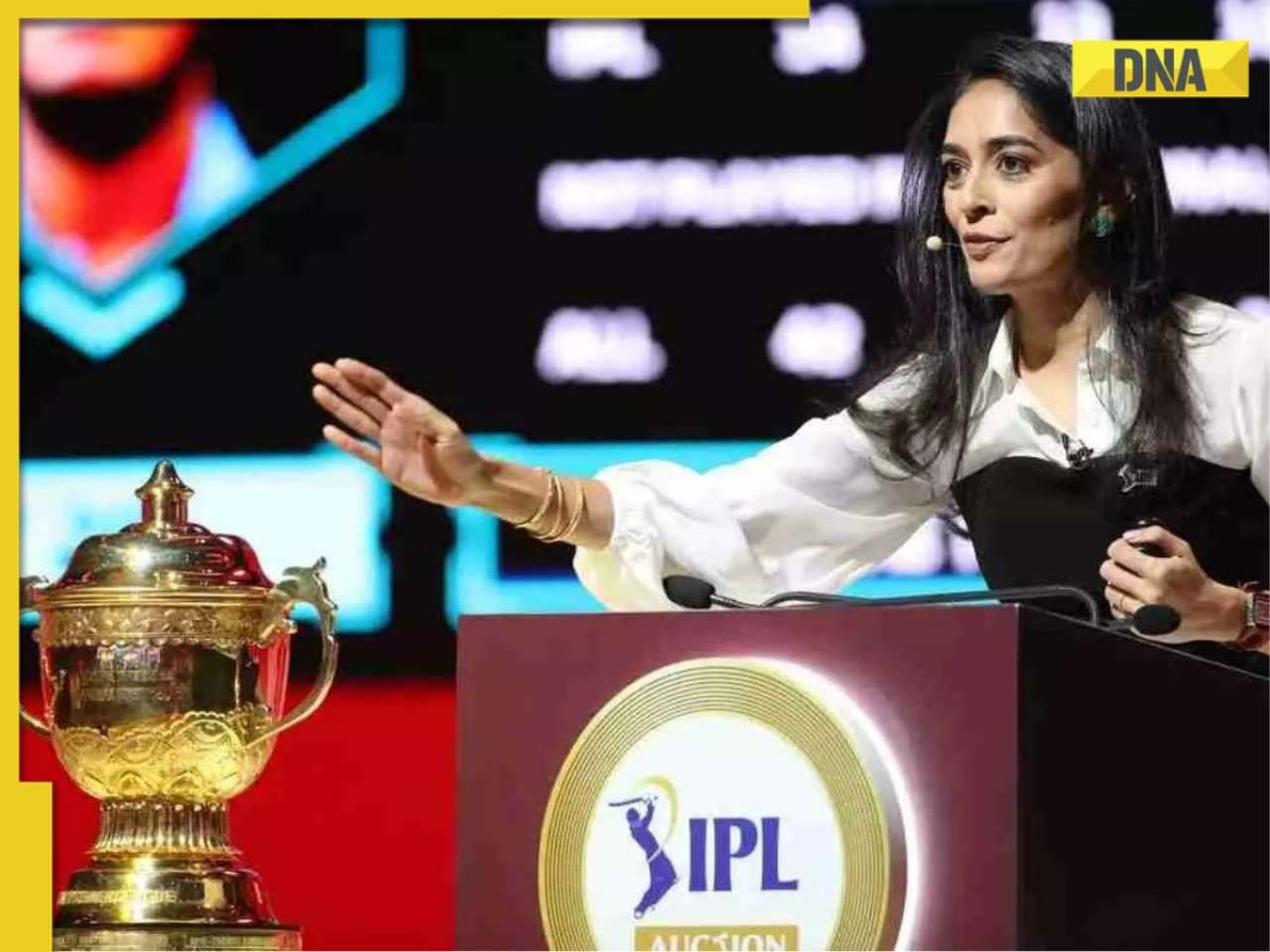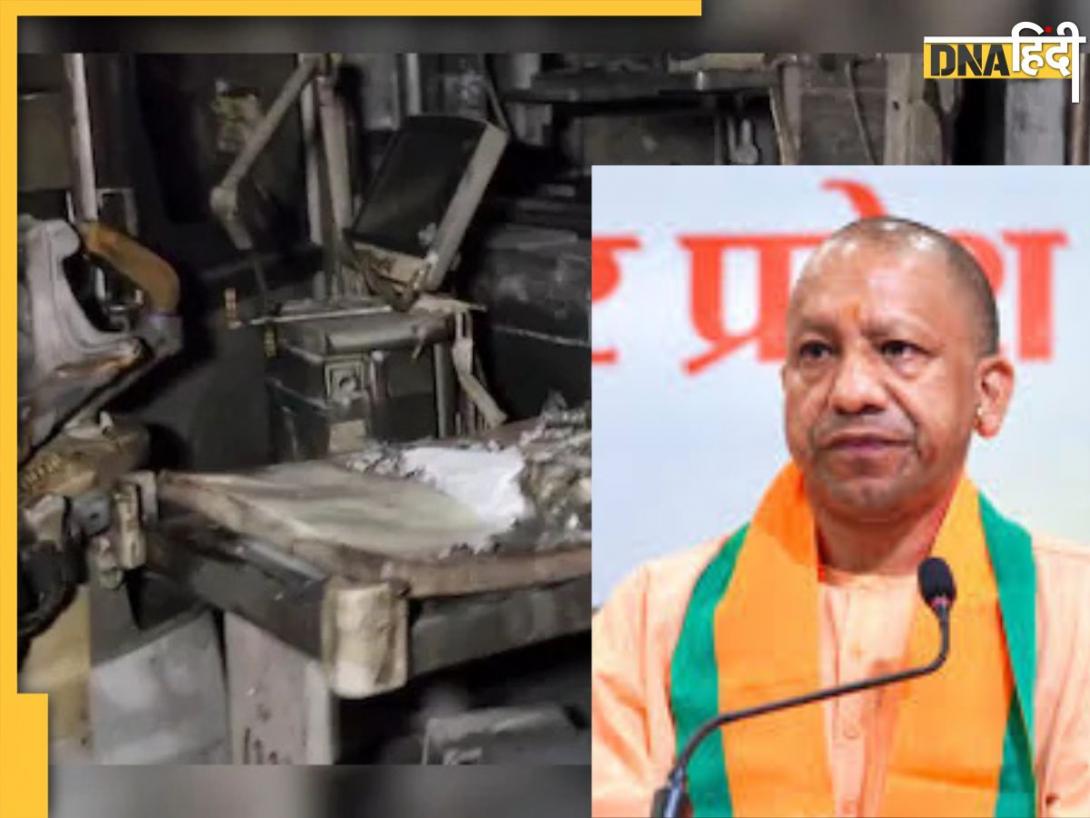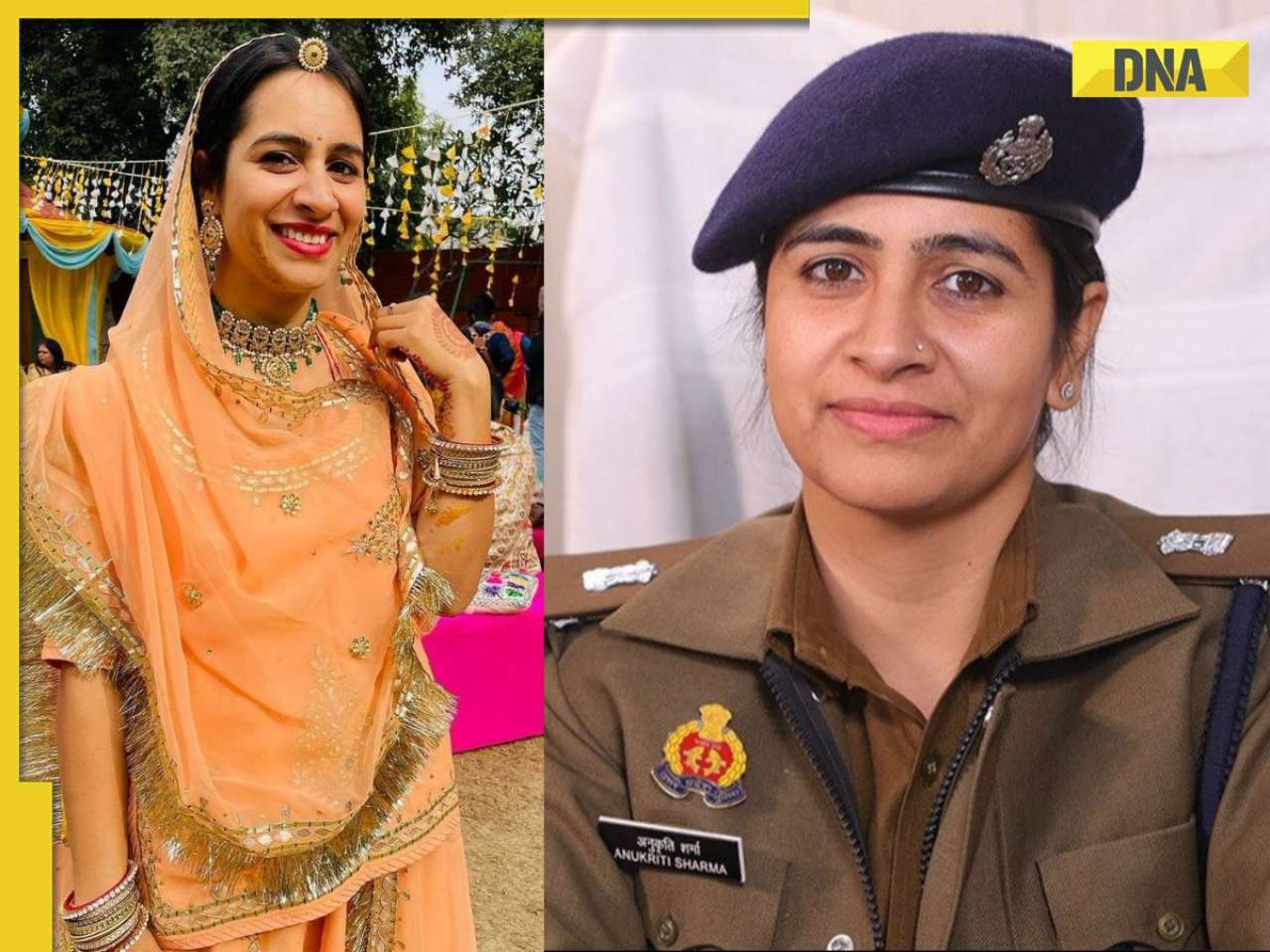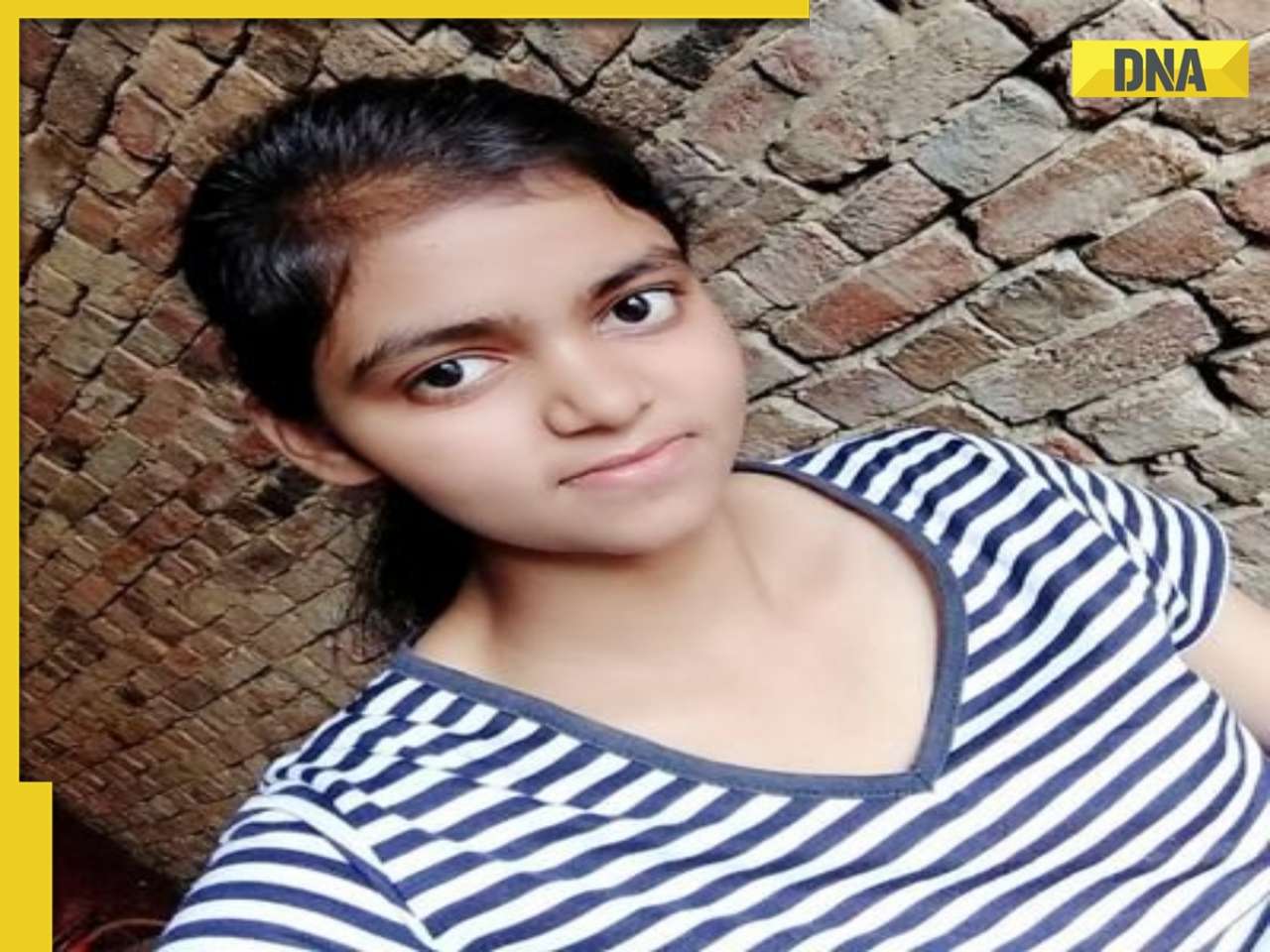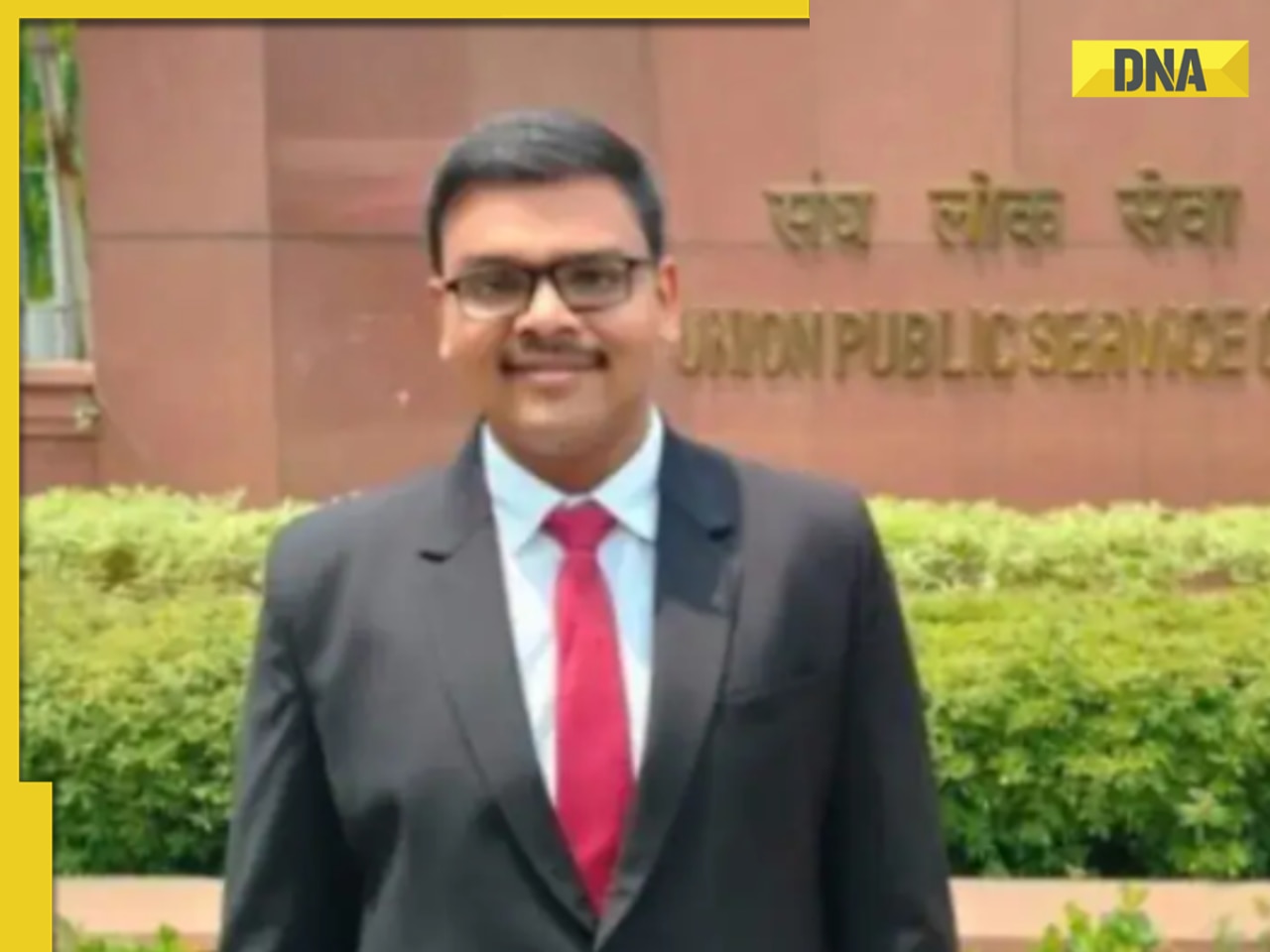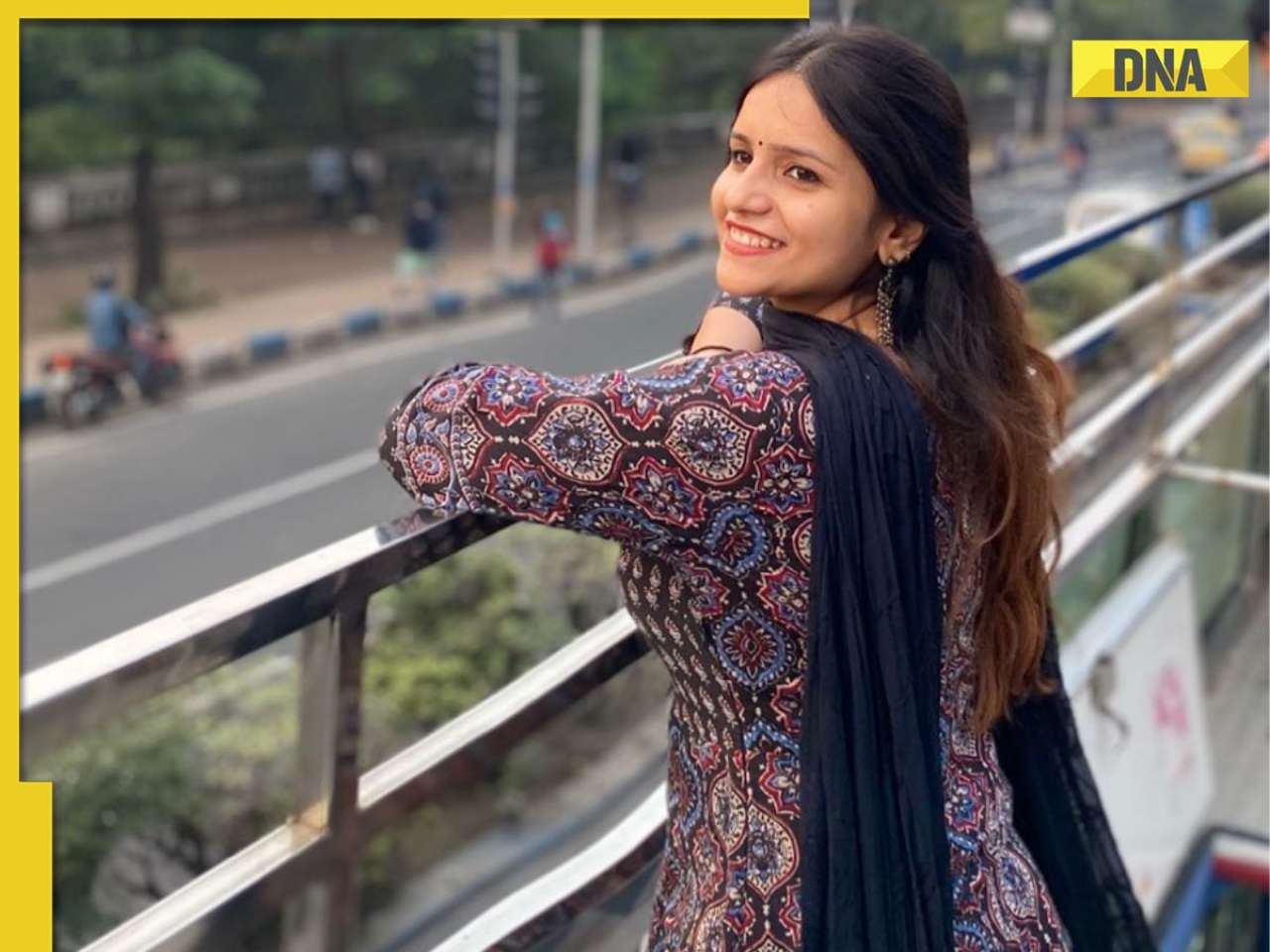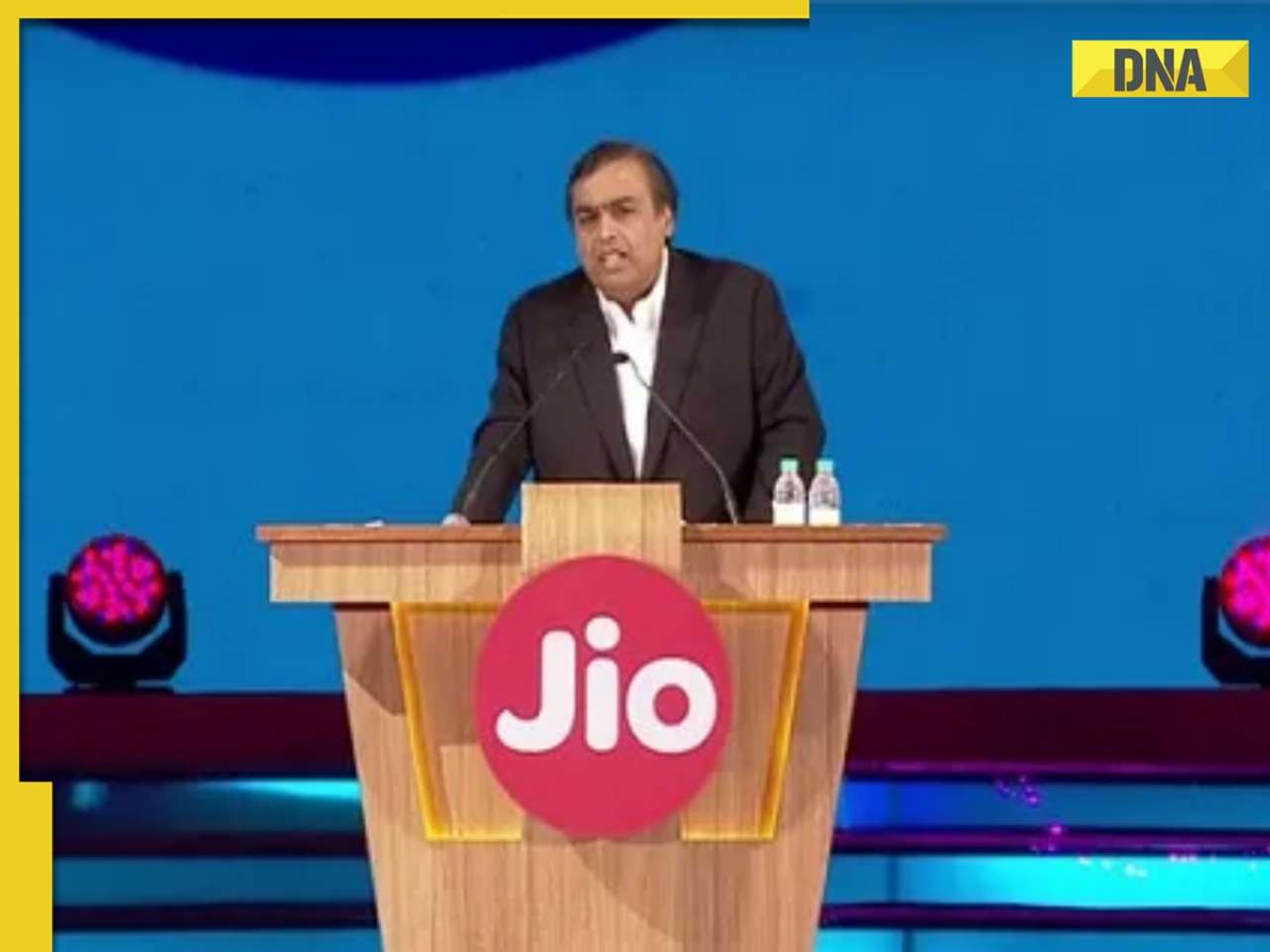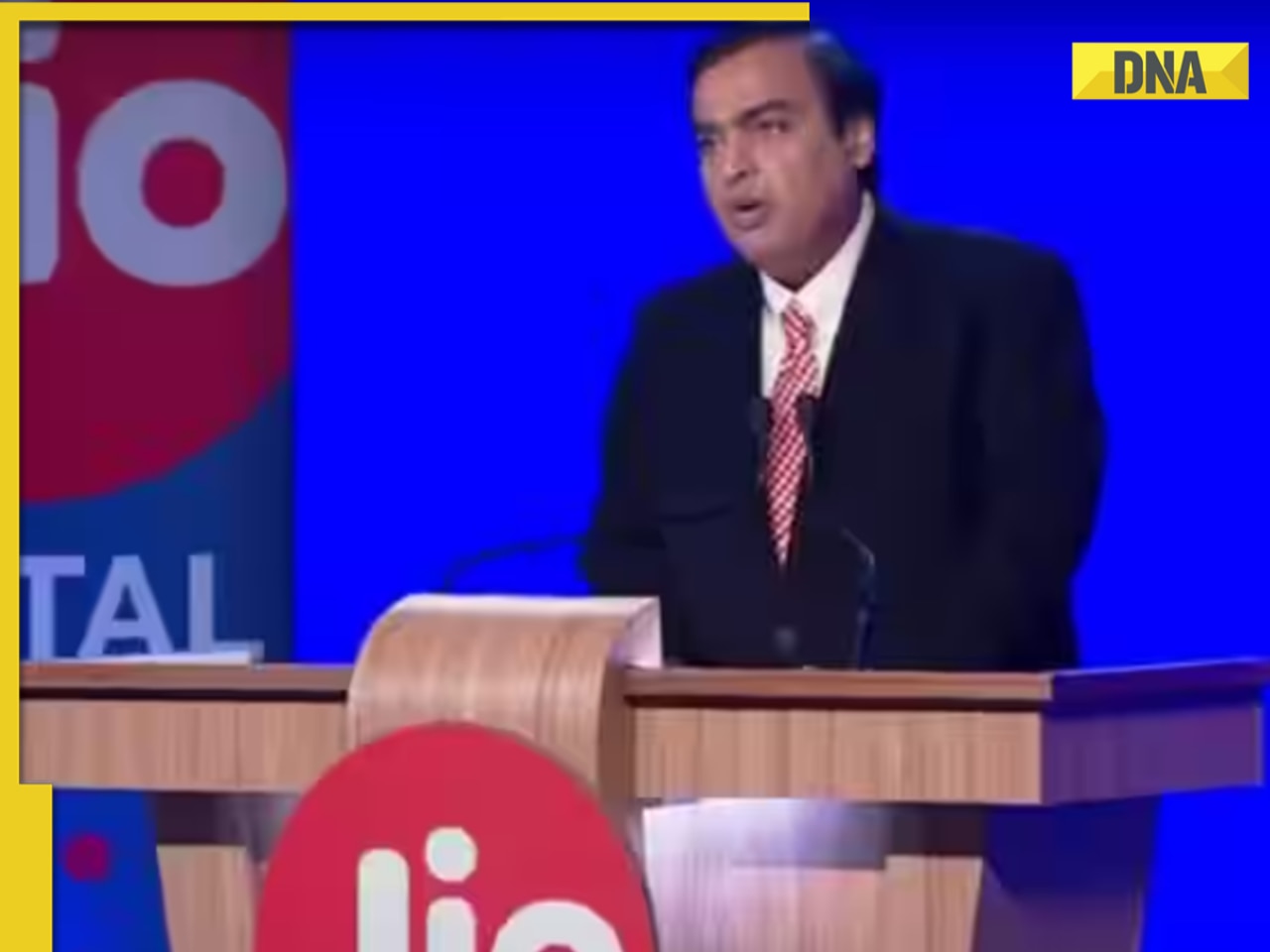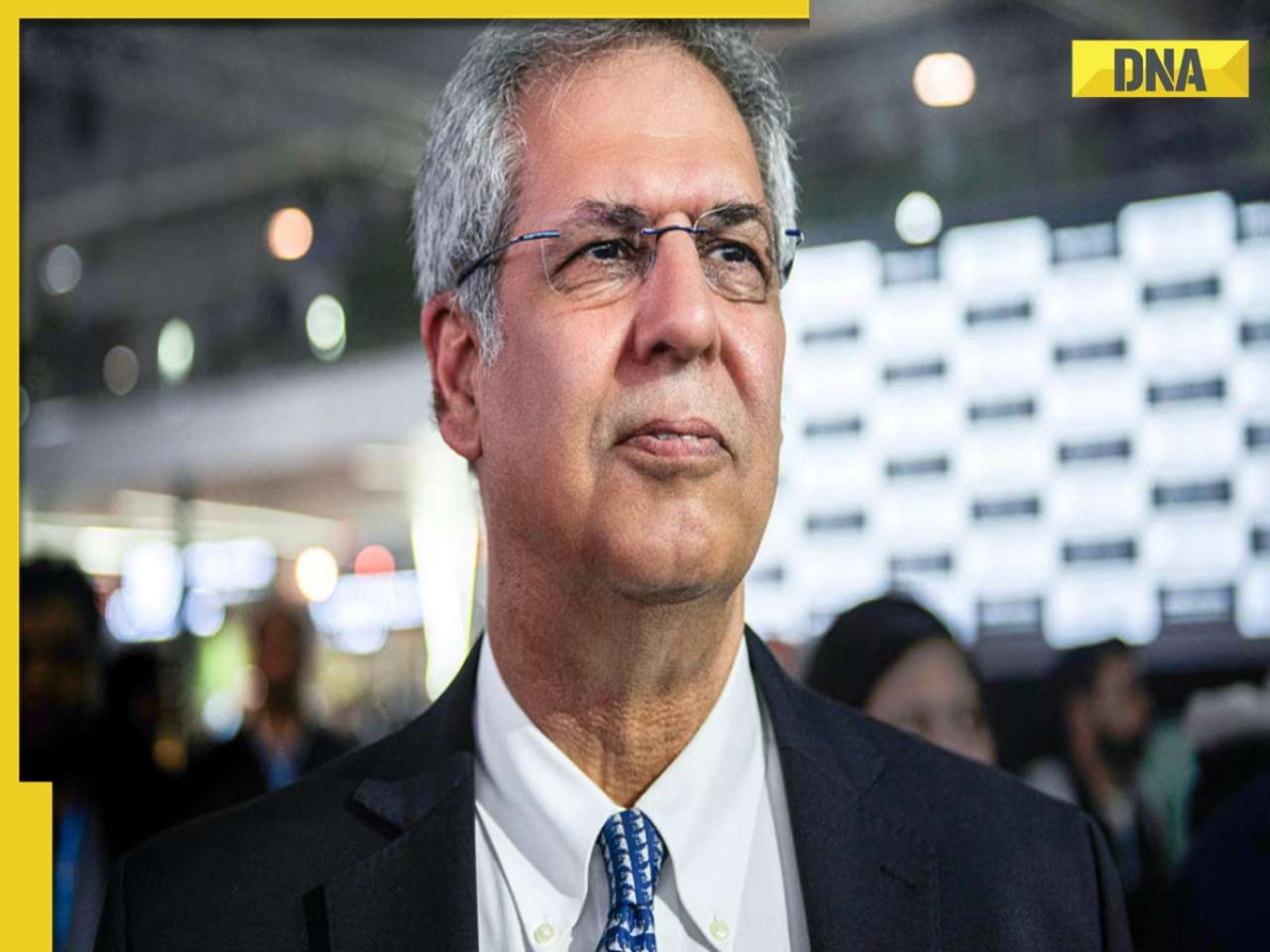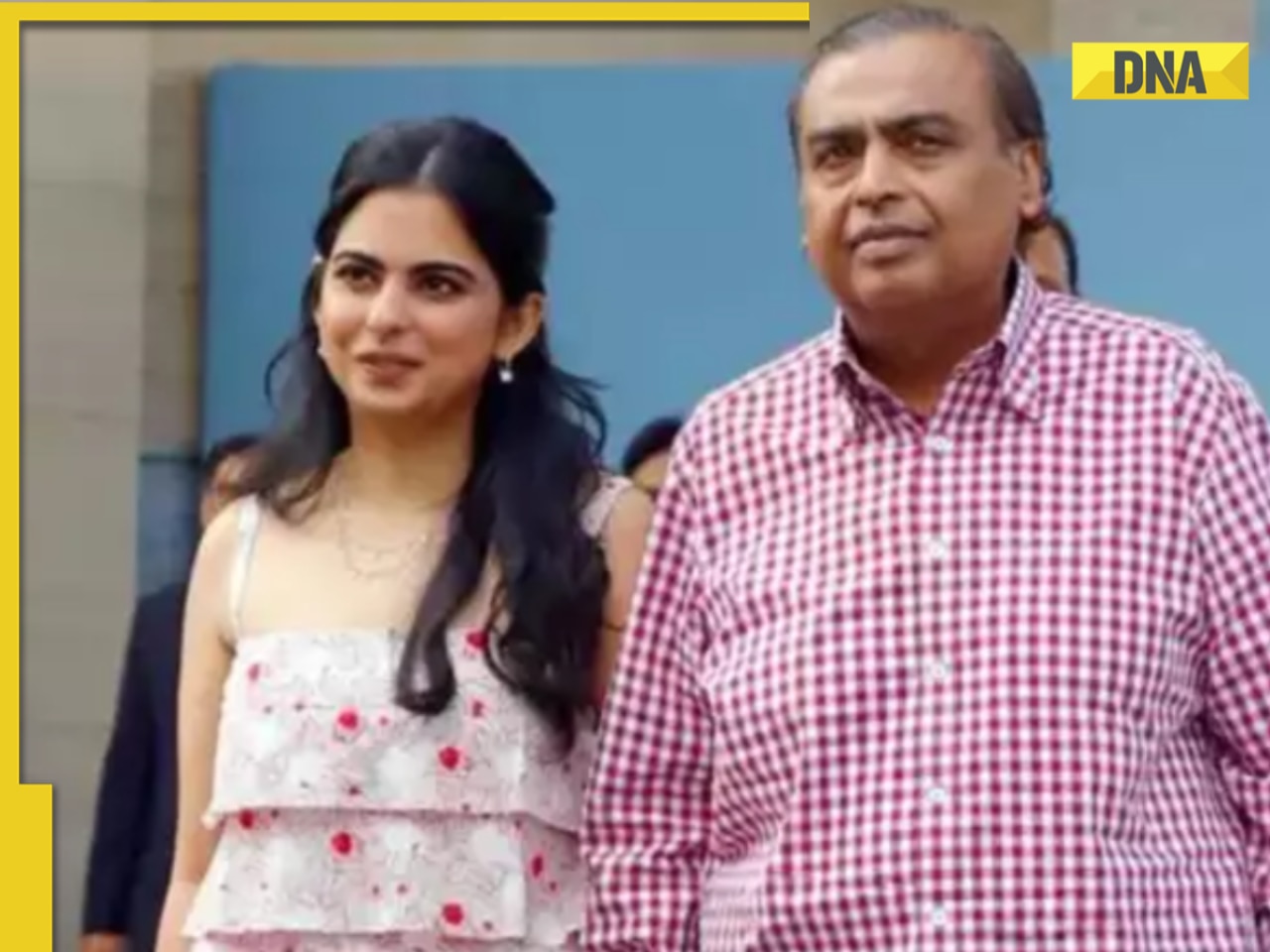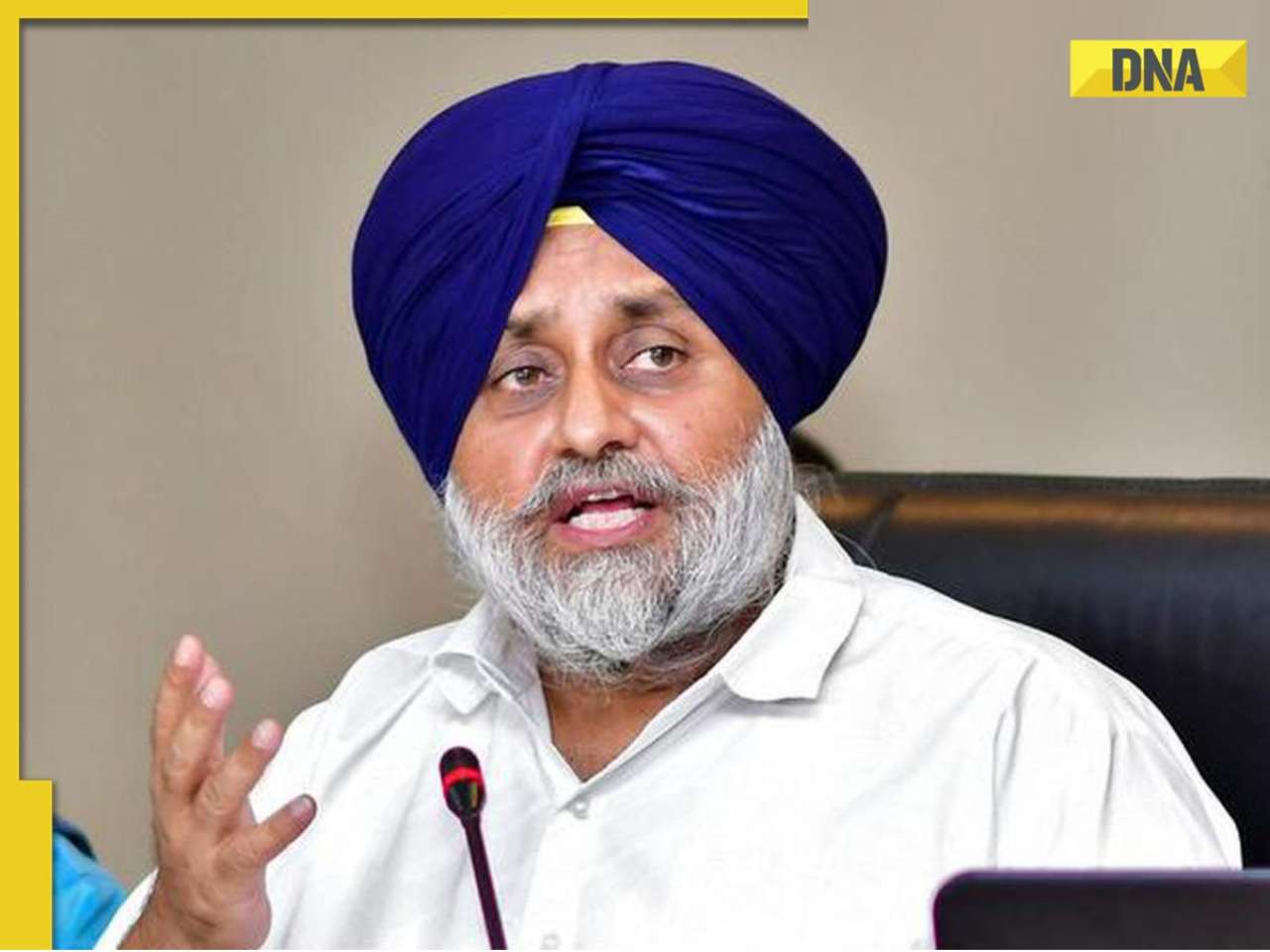- LATEST
- WEBSTORY
- TRENDING
ANALYSIS
Of wolves, sheep and wolves in sheep's clothing: The secular liberal in the emerging Hindu Raj
Jagdish Bhagwati's statements are a demonstration of the practices of Nehruvian secularism that continue, though in more frightening proportions, into Modi Hindutva.
TRENDING NOW
I was apparently not the only one to be perplexed by Jagdish Bhagwati’s denouncement of the insecurity expressed by Christians in India. This widespread bemusement should not come as a surprise; after all, Bhagwati did expend three of the eleven paragraphs of his article protesting his fides. He assures us that despite the crude manner in which he dismisses the concerns of a community that has faced not merely arson attacks against its religious structures and institutions, but rape, desecration and belligerent rhetoric, his arguments are not antagonistic or communal, but secular and rational. This is because he comes from a “family that is impressively pro-Indian-minorities”, some of his dearest friends are non-Hindu, and he himself earned his basic degrees from a Christian institution.
Many who read his offensive dismissal and call for strict action, wondered if Bhagwati had lost his marbles. After all, did not the argument “I have many left-handed friends, hence I speak for left-handed people”, or “I’m not Islamophobic! Some of my best friends are Muslim!” run out of credibility in the 70s? I would argue, however, that Bhagwati’s protestations are not the sign of a feeble mind, nor of a man out of step with contemporary reality, but rather a strikingly clear indication of a variety of political equations in contemporary India. In this response, I would like to highlight and protest against Bhagwati’s callous attitude, as well as point to the manner in which his position is in fact indicative of the manner in which Nehruvian secularism is being bridged with Modi’s Hindtuva regime.
What is striking about the first of Bhagwati’s reasons for his secular location is the fact that he has placed his familial connections up front and centre. However, this is not an average family; Bhagwati has gone through some pain to demonstrate that his friends and family are all either extremely powerful, highly qualified professionals, or come from dominant caste groups. While Bhagwati would prefer that we focus on the fact that all of these individuals hail from different religions, I would rather point to the fact of their location within networks of privilege. Marriage between people from elite backgrounds, no matter what their caste or confessional backgrounds, is not necessarily a mark of secularism in contemporary India. It is primarily a mark of the desire to maintain privilege. Marital liaisons across sectarian differences are the hallmark of dynastic marriages across the world, whether ancien régime Europe, pre or early modern India.
The fact that he chooses to highlight these marital connections demonstrates facts about how power was wielded, as well as how secularism was understood, in Nehruvian India. Power was structured dynastically. This meant that while the Nehru-Gandhi presided at the top, the pyramid of power was structured by a variety of families in alliance and allegiance to this family, while these families maintained the structure of power downwards, from Delhi toward every federating region in India. As Bhagwati demonstrates, it was not necessary that these alliances be rooted in marriage alone. On the contrary, one could also establish familial friendships. These friendships were often engendered through education in Christian institutions which introduced these native elites to a more universal language of privilege embodied in Euro-American, i.e. ‘Western’, forms. To enter into the structures of power of Nehruvian India, one had to belong either via blood, or through participation in culture. The sad truth, however, is that access to this culture, was possible largely through belonging to existing structures of privilege, most often belonging to a dominant caste.
Bhagwati’s articulation also demonstrates that the locus of secularism in Nehruvian India was these educated and ‘cultured’ elites. It was their practices that were assumed to embody secularism. The question was not of the fact of the entire gamut of their practices, but a selective reading of some of their practices. These practices included the fact of their marriages across caste and religion, their gustatory practices where they ate food at the home of privileged friends from other confessional groups, but especially Ashraf Muslims, and the affective links with Christian institutions that gave them the veneer of being Christianised.
On reading earlier opinions on the state of secularism and fascist violence in India, many have inquired of me, why instead of making strident condemnations of Prime Minister Modi I choose to “attack” secular liberals, and Nehruvian secularism. The logic for this critique is revealed in Bhagwati’s article given how his statements demonstrate the continuum between the apparently secular liberal and the outright Hindu nationalist. Reflecting on the practice of Indian secularism, Paul Brass observed that there were many similarities in the way secular nationalists and Hindu nationalists crafted an Indian history: “First, that Indian history has displayed a striving for unity of the subcontinent and its peoples that has persisted through time; second, that unity must never again be compromised; third, that unity is essential to achieve India's rightful place in the world as a great power; fourth, that any threat to that unity must be squashed by the utmost force, should any group be recalcitrant enough to resist. In all these respects, secular and Hindu nationalists agree, as they do on the great goal that inspires it, namely, that of transforming India into a great, modern state.” So many of the elements outlined by Brass are so obviously present in Bhagwati’s text, not least in his assertion that there is a need to “forcefully” expose the apparently false claims made by Julio Ribeiro, as well as his plea to the latter to “join those of us who would like to see religious harmony, not the religious discord that can only subtract from our humanity.” This “humanity” is of course best captured in the slogan so dear to Nehruvian secularism, “unity in diversity”.
Underneath its façade of unity in diversity practiced by groups of elite families, Nehruvian secularism hid the fact that upper-caste Hindu culture was the de facto logic of Indian-ness. As long as things were hunky dory, the façade remained in place. No sooner was non-Hindu difference asserted than the fangs were bared, the assertions dismissed and Hindu supremacy asserted. In his interesting study of the Doon School, Sanjay Srivastava calls this politics “Hindu contextualism”. Srivastava explains that Indian nationalism resolved the religious question—at least at the Doon School— through “the establishment of a supra-context which was Hindu” i.e. upper-caste Hindu. It was only within this context of “hierarchised encompassment” that religious pluralism was allowed. This hierarchy is evidenced in the manner in which Bhagwati references non-Hindu religious groups in India, in the condescending terms of “another minority much loved in India”. Condescension, it must be remembered, is only capable from a location of privilege and power. What Bhagwati seems to not realise is that majorities and minorities do not exist normally, but are actively constituted.
This distinction of citizens into majority and minorities is the legacy of the anti-colonial nationalist movement, but the condescension that allows Bhagwati to reference Christians and Sikhs as 'much loved minorities' is a legacy of Nehruvian secularism. This patronising position also enables Bhagwati’s dismissal of Christian concerns when he says, “So, if there was anything to the Christian fears today, I should be the first to join the protests. But the truth is that these fears are totally groundless and are, at best, a product of a fevered imagination.” Not only does Bhagwati dismiss the concerns raised by Christian groups, he also displaces their right to air their concerns by claiming that they need not speak at all, since given his location, he can speak just as effectively for them. His statements are a demonstration of the practices of Nehruvian secularism that continue, though in more frightening proportions, into Modi Hindutva.
Bhagwati’s text goes on to demonstrate that problems that both secular nationalists and Hindu nationalists have with Christians in India, is namely conversion. One icon for this problematic relation with Christians in India is Mother Theresa who is celebrated as long as she offers service to the Republic of Dominant Caste Indians, and reviled if she asserts her desire to attract people to Christianity. It must be underlined that conversion is a problem largely because Hinduism is imagined as the defining marker of Indian-ness, and conversion to a religion deemed foreign is seen as the colonisation of consciousness and the route to denationalisation. But Bhagwati’s fear goes beyond an apparently harmless ideological desire to maintain Hindu culture as dominant. His is also a fear of numbers indicated so clearly when he says, “In fact, [Hinduism] being a religion that does not normally convert, only a minuscule number of Hindus will do this [convert] whereas a far higher proportion of Christians and Muslims will.” In other words, not only are we back to the poppycock of a non-aggressive Hinduism, but also the majoritarian fears that Hindus will be reduced to a minority if Muslim and Christian groups are allowed to persist with their right to conversion.
It needs to be emphasised that this fear is not restricted to Bhagwati and the largely upper-caste members of the Hindu Right alone, but was shared by Gandhi as well. It was to ensure that a Hindu majority was produced that he insisted against the provisions of the Ramsay Macdonald Award in August 1932 that granted separate electorates to minorities in the dominion of India. To impose his will, Gandhi went on a hunger strike that forced Dr Ambedkar to agree that untouchables abandon the demand for a separate electorate and be included as Hindus. In other words, Gandhi was responsible for producing India as a Hindu majority state, against the wishes of the untouchables.
Bhagwati imagines his trump card is the argument that if conversion is allowed for Christians and Muslims, it must be allowed to Hindus as well. No person committed to an egalitarian legal regime would have any disagreement with such a proposition. What he does not seem to recognise, is that the Indian state does not provide and indeed, has almost never provided, a level playing ground for the freedom of religion. Where Hindu nationalism and its associated form of Hinduism are the privileged ideology and religion, one must recognise that if there is any coercion involved with conversion, it comes into play when persons are forced to convert to Hinduism. Failing any state support, it is difficult to imagine coercion when persons choose to align with Christianity, Islam or Buddhism. Indeed, conversions to these latter faith practices are signs of protest against the Brahmanical order that the Indian state upholds. Any shift away from Hinduism is filled with the threat of state and extra-state violence.
Bhagwati’s article may demonstrate the problems with Nehurvian secularism, but his assertion at this point in time also highlights the continuing, and growing, problems with the Indian republic. Additionally it alsofocuses attention on the manner in which these groups and families who formerly pledged allegiance to the Nehru-Gandhi family are now coalescing around the SanghParivar.This shift of elite groups towards the BJP should be read as a matter of great concern, given that it demonstrates how consent is being manufactured for the deeply troubling acts of the BJP regime both at the Centre, as well as in states where they hold sway.
This response to Bhagwati would not be complete without one final argument. It would be wrong and irresponsible to suggest that there is no difference between Nehruvian secularism and Modi’s Hindutva regime. The former allowed for a modicum of participation to dominant caste elites among minority groups, and the exercise of power was veiled. In the case of the Modi-led state, all pretence has been dropped and the space for non-Hindu elites is also shrinking. This was perhaps abundantly clear with Julio Ribeiro’s recent cry of anguish. While Ribeiro’s cry does capture the sense many Christians in India feel, as was recently pointed out, it should also be seen as a cry from the tribe of elite Christians who had pledged their life in service to the Indian state. That Bhagwati fails to read this demand for continued inclusion but brushes it off as mischievous says a lot about the climate in the country.
The author is a post-doctoral scholar at the University Institute of Lisbon.
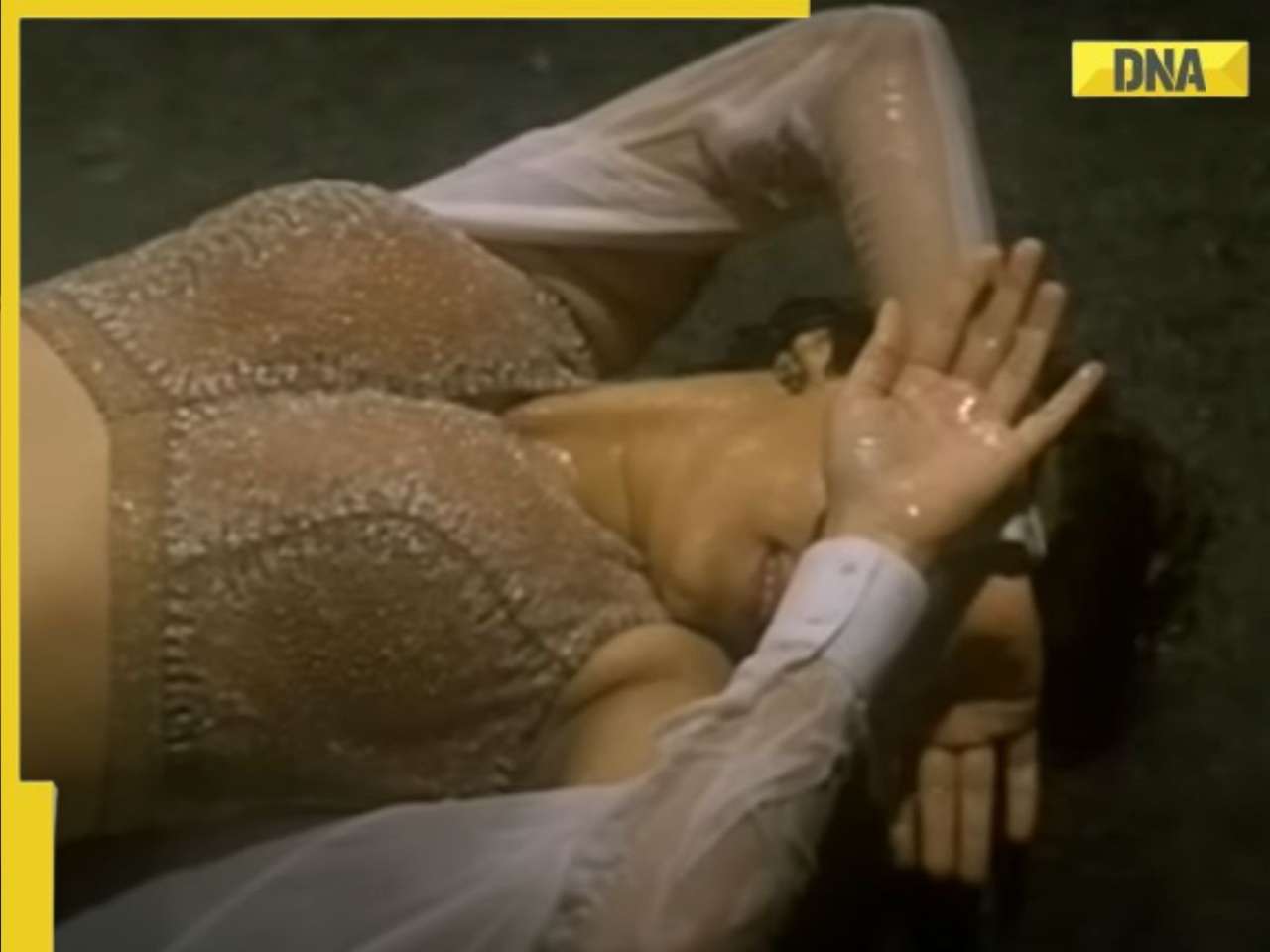
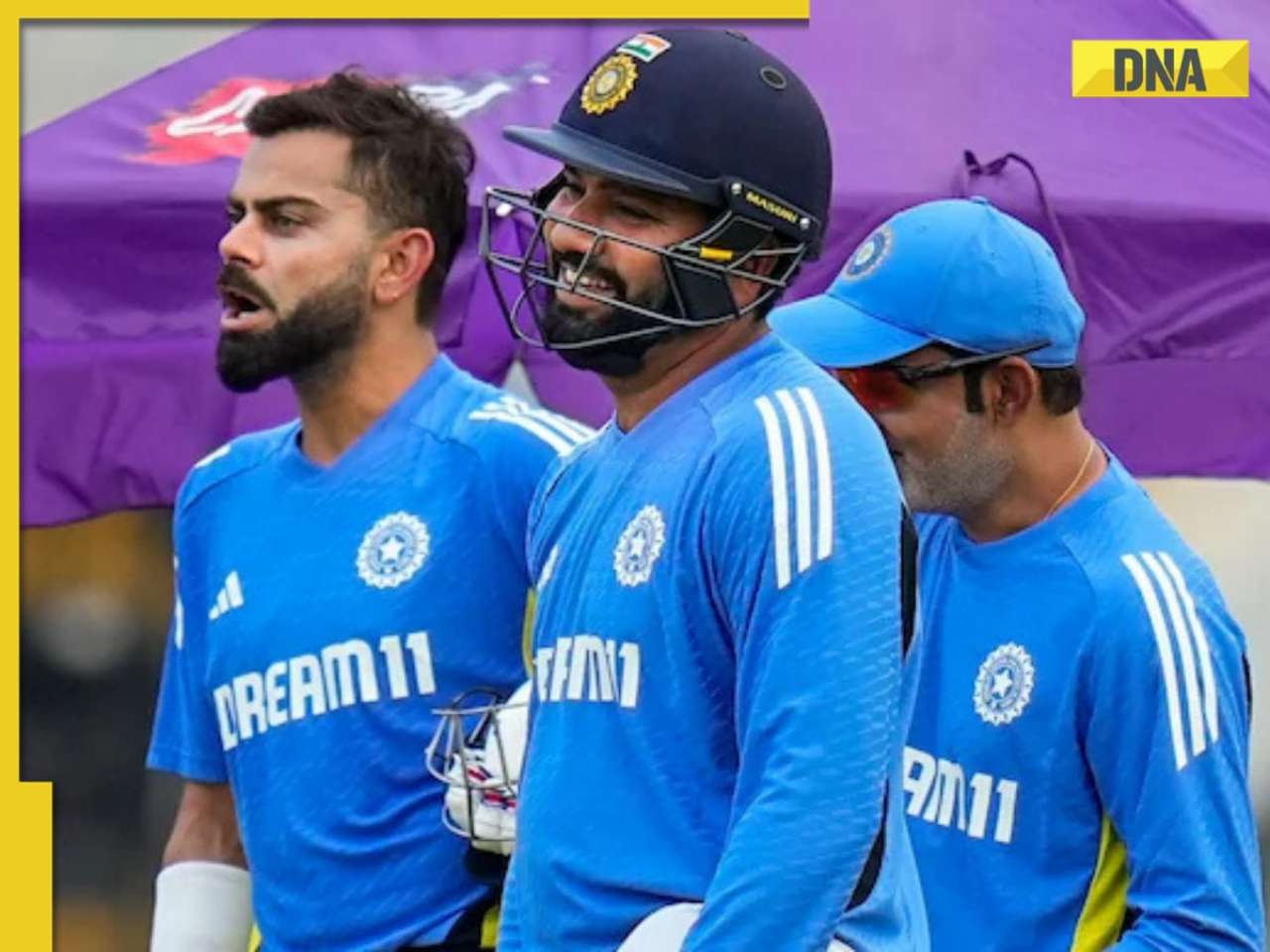



)
)
)
)
)
)
)
)
)
)
)
)
)
)
)
)








